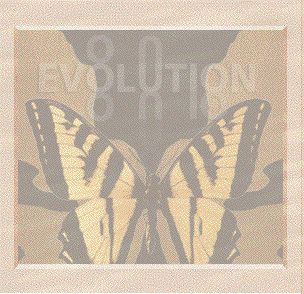Biological species concept

The biological species concept is the most widely accepted species concept. It defines species in terms of interbreeding. For instance, Ernst Mayr defined a species as follows:
"species are groups of interbreeding natural populations that are reproductively isolated from other such groups."
The biological species concept explains why the members of a species resemble one another, i.e. form phenetic clusters, and differ from other species.
When two organisms breed within a species, their genes pass into their combined offspring. As this process is repeated, the genes of different organisms are constantly shuffled around the species gene pool. The shared gene pool gives the species its identity. By contrast, genes are not (by definition) transferred to other species, and different species therefore take on a different appearance.
This explanation should be compared with that given by the ecological species concept.
Interbreeding between species is prevented by isolating mechanisms.
Many biologists, including Richard Dawkins, define a species by the biological species concept.
| Next |



